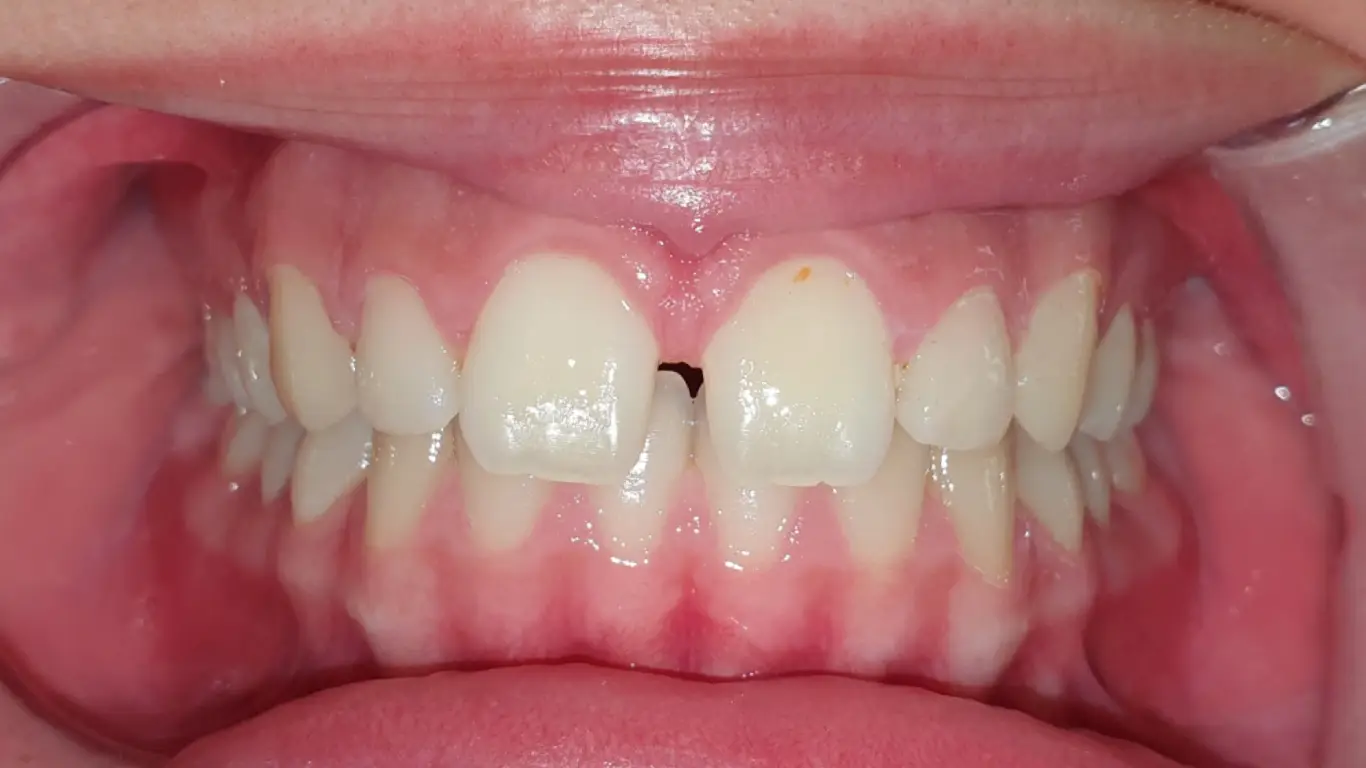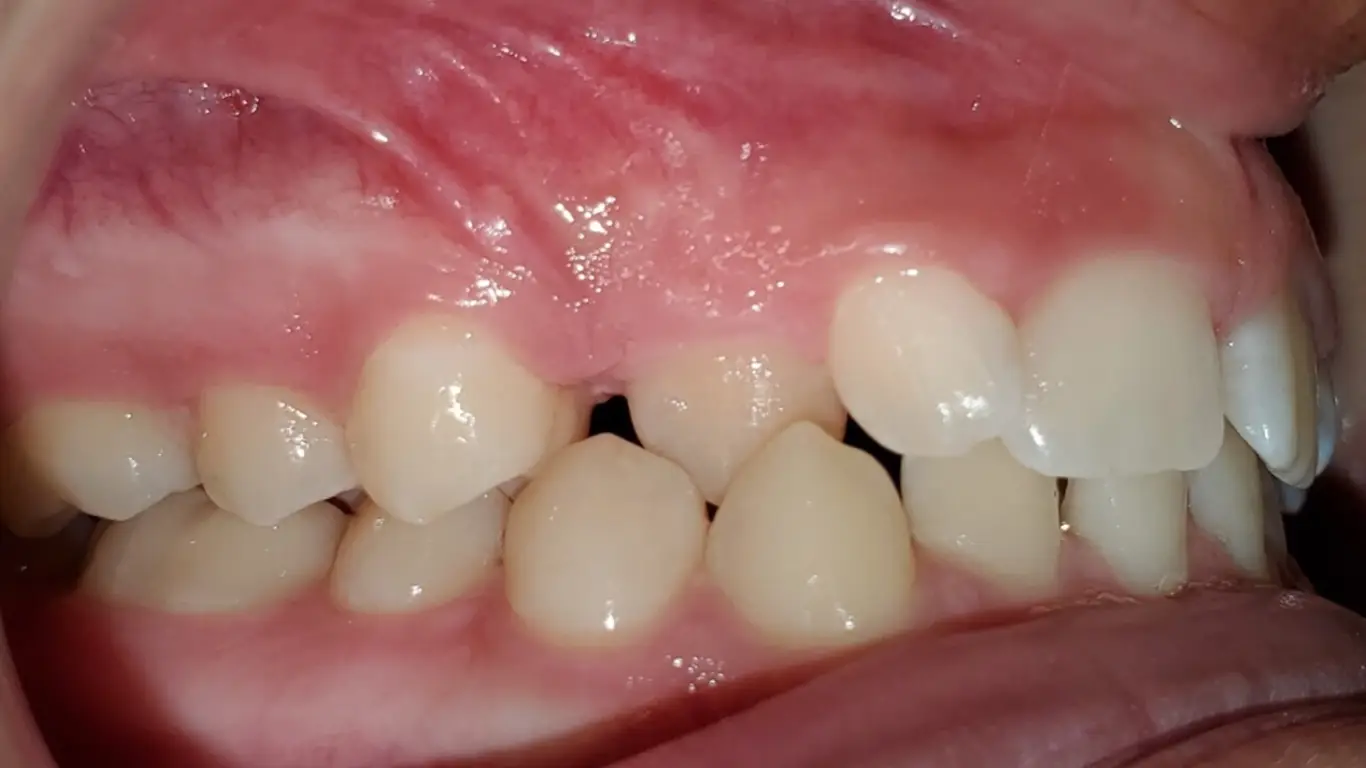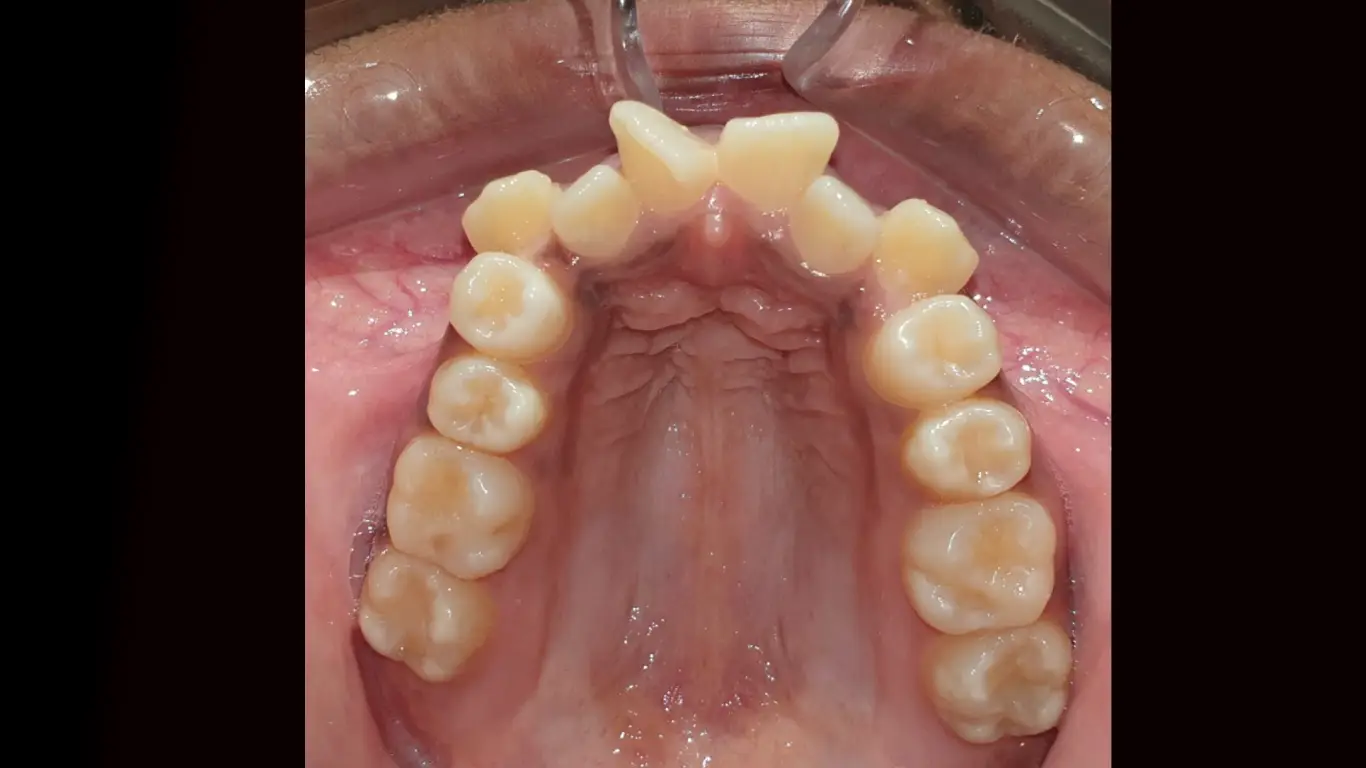All About Invisalign
Invisalign is a modern and virtually invisible way to straighten teeth without the hassle of traditional braces. Instead of wires and brackets, Invisalign uses smooth, clear aligners that are custom-made for your teeth. You simply switch to a new set every two weeks, and your smile transforms gently and comfortably.
This guide is all about Invisalign—from how it works to who it’s best for, real patient cases, costs, and answers to the questions people ask most. Whether you’re considering Invisalign braces in York for yourself, your teen, or even your child, here’s everything you need to know.
How Invisalign Works: Step by Step
1. Consultation & Assessment
Your journey begins with a free consultation at York Orthodontics. Dr. Mir will examine your teeth, discuss your goals, and determine if Invisalign is right for you. This is also the time to review insurance coverage, costs, and payment plan options.
2. Custom 3D Treatment Plan
Using x-rays, impressions, and digital scans, Invisalign creates a 3D model of your smile. This lets you preview how your teeth will look after treatment and gives Dr. Mir the tools to design your personalized treatment plan.
3. Your Custom Aligners
Once your plan is ready, you’ll receive a series of aligners made from smooth, BPA-free plastic. They’re comfortable to wear and almost invisible. Simply remove them when eating, brushing, or flossing.
4. Progress & Switching Aligners
Every two weeks, you’ll move on to the next set of aligners. Most patients visit York Orthodontics every 4 or 6 weeks so Dr. Mir can track progress. For best results, wear your aligners 20–22 hours a day.
Read more: Invisalign Age
What Invisalign Can Fix (With Real Patient Cases at York Orthodontics)
Every smile is unique, but Invisalign can treat many common orthodontic issues. Below are real examples from our patients in York Orthodontics.
Gaps Between Teeth
Gaps may form due to jaw growth, missing teeth, or shifting teeth. Not only can this affect your smile, but exposed gums may increase the risk of gum disease. Invisalign gradually closes these spaces, protecting both your teeth and gums.

Overbite
An overbite happens when upper teeth extend too far over lower teeth. Left untreated, it can cause gum irritation, tooth wear, and jaw discomfort. Invisalign aligners gently correct the bite into a healthier position.

Underbite
In an underbite, the lower teeth sit in front of the upper teeth. This may interfere with chewing and cause jaw pain. Invisalign can help by shifting teeth into proper alignment.

Open Bite
An open bite occurs when teeth don’t fully meet. Often caused by thumb-sucking or jaw growth, it can make chewing and speech difficult. Invisalign can bring teeth into proper contact.

Crossbite
When upper and lower jaws are misaligned, one or more upper teeth may bite inside the lower teeth. This can lead to uneven wear and gum problems. Invisalign works to correct the bite and protect dental health.

Crowded Teeth
Crowding happens when there isn’t enough room in the jaw for all teeth to fit properly. This makes cleaning harder, increasing the risk of cavities and gum disease. Invisalign aligners shift teeth gradually, creating needed space.

Read More: How Can I Get Invisalign?
Invisalign vs. Braces: Quick Comparison
Feature | Invisalign | Traditional Braces |
|---|---|---|
Appearance | Virtually Invisible | Metal brackets & wires |
Comfort | Smooth Plastic Aligners | Brackets & wires may irritate |
Lifestyle | Removable for eating and brushing | Fixed, restricts some foods |
Oral Hygiene | Easy to Brush and Floss | Harder to clean around wires |
Treatment Time | Often Similar | Often Similar |
Read More: Invisalign Pros and Cons
Cost of Invisalign in York Summary Table: Downtown Toronto Invisalign Costs
Here is a brief summary of Invisalign costs in downtown Toronto:
Treatment Type | Estimated Price (CAD) |
|---|---|
Minor Cases (Express/Lite) | 2,500 – 4,000 |
Mild Cases (Standard) | 3,000 – 5,000 |
Moderate Cases | 5,000 – 7,000 |
Complex Cases | 6,500 – 8,500 |
Promotions / Grants | Around 4,000 – 5,000 |
Additional Costs | Retainers: 300 – 500 |
Key Considerations & Tips
- Treatment complexity matters: Simpler cases cost less, while bite corrections or severe alignment can push prices toward the higher end.
- Clinic advances impact cost: Diamond-level providers often offer better packages or discounts on materials.
- Downtown premiums: Clinics in prime locations may have higher operational costs, potentially increasing fees.
- Extras to budget for: Retainers, possible aligner replacements, and HST(13%) are frequently not included in base quotes.
- Financing and savings: Many clinics like York Orthodontics offer interest-free plans, prepayment discounts, and coordinate insurance to make Invisalign more accessible.
- Tax benefits: Dental expenses exceeding CAD 2,500 can often be claimed on your tax return—consult a tax professional for details.
Read More: Does CDCP Cover Invisalign?
Final Take about Invisalign Cost
In downtown Toronto as of July 2025, you can expect Invisalign treatment costs to range from approximately CAD 3,000 to CAD 8,500, depending on case complexity. Promotional prices or simplified treatment options (like Express or Lite) may be available from around CAD 2,500. Always ask what's included in the quote, factor in potential extra costs, and explore financing or insurance options to make the process smoother.
Read More: How to Clean Invisalign Trays
Invisalign for Children in York- Is This Possible?!
Did you know Invisalign is also available for kids? With Invisalign First, younger patients can begin treatment early to address issues like crowding, spacing, or narrow dental arches before they worsen. Clear aligners are comfortable and less intimidating than braces, making them a great choice for children who need orthodontic care.
Invisalign FAQs: Things You May Not Know
Yes! Since Invisalign has no metal wires, you can comfortably wear a sports mouthguard over your aligners during activities.
Some patients notice a slight lisp during the first few days, but it disappears quickly as your tongue adjusts.
Invisalign Teen includes special compliance indicators (small blue dots that fade with wear) to track if aligners are being used properly. This helps parents and orthodontists ensure teens wear them as recommended.
Yes! Since aligners cover your teeth, whitening gels can be applied inside them, doubling as whitening trays. Ask Dr. Mir before starting whitening to ensure it’s safe for you.
Just like braces, you’ll need to wear retainers to maintain results. The good news is retainers look and feel very similar to aligners, so they’re discreet and easy to use.
Ready to Transform Your Smile?
If you’ve been searching for Invisalign braces in York—whether for yourself, your child, or your teen—York Orthodontics is here to help. Our expertise, advanced technology, and real patient success stories make us a trusted choice for orthodontic care.
Call us today to book your free Invisalign consultation and take the first step toward the confident smile you deserve.
